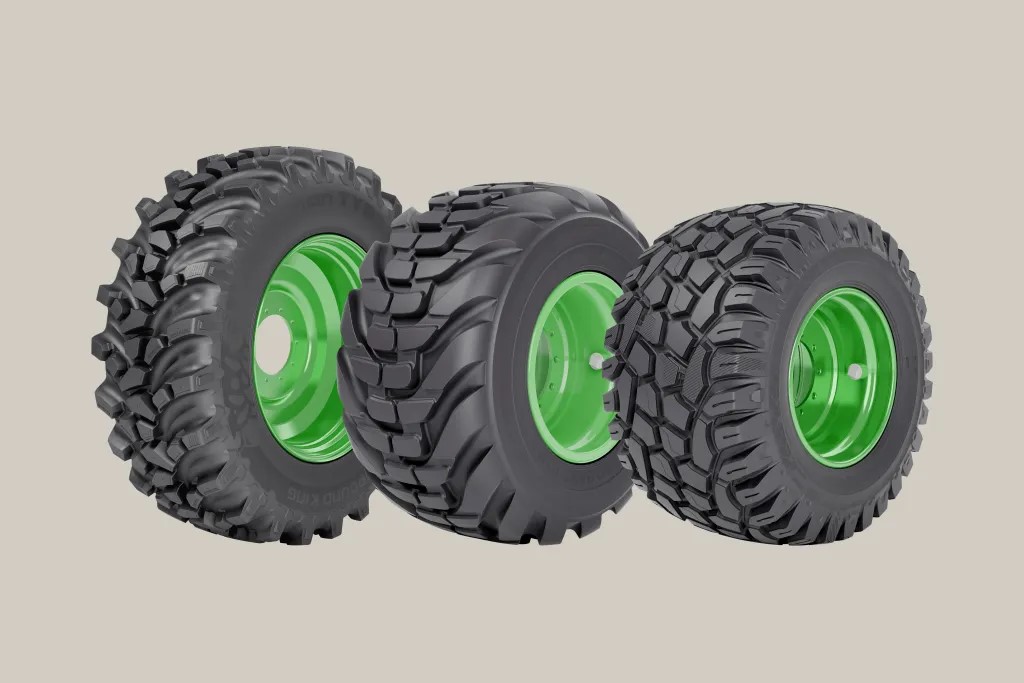
Not every wheel fits a particular tyre.
First comes the tyre and then it’s time to choose a matching wheel. What should one consider in order to get the best out of the complete wheel? Nokian shares tips on how to make the perfect match.
When purchasing tyres, the wheels may appear to be a necessary inconvenience. However, the characteristics of the heavy-duty wheel play a significant role in ensuring the complete package functions correctly. Various factors determine the suitable use for a wheel.
Tree stumps, high speeds, and heavy loads – wheels have tough requirements. While many tyres may be purchased over the life of a machine, wheels are typically only purchased once and are expected to last at least as long as the machines. It is unacceptable for a wheel to fail.
For instance, agricultural and forestry tyres may have wheels with the same profile, but their traction requirements are very different. When dealing with lighter loads, the contact surface between the tyre and the wheel does not need to be knurled. If less friction is required, the bead area can be completely smooth. Knurling is also not necessary when a tyre is located on a non-driving axle (such as on trailers).
To prevent tyre slippage, knurling is added to the wheel when loads and torques are high. This also allows for the use of varying pressures without compromising grip. Remember, pressure affects traction, so where there is less pressure, more grip is required from the knurling.
Profile design matters. The shape of the wheel is defined by different standards within a certain scale. Profile design affects the ease of installing the tyre on the wheel and ensures it functions correctly without any issues. Using the correct wheel makes installation easier and ensures that the tyre lasts and works properly.
Wheels often need to withstand heavy loads and external impacts. Therefore, the rim must be very sturdy in many situations. When the complete wheel package must perform in the most unforgiving environments, advanced reinforcements can be added to the wheel. Nokains Tube-Edge reinforcement, for example, is a tubular rim reinforcement that seamlessly integrates with the wheel, adding rigidity and longevity.
In agriculture, the wheels do not carry heavy loads, so they do not need additional reinforcement as they do in forestry. However, sufficient durability and rigidity are required, and the wheel should be uniform and as round as possible to prevent the tractor from bouncing during high-speed road transits.
In forestry, the speeds are lower, but supreme grip and durability are required. Knurling is essential to reduce the risk of the tyre slippage on the wheel, which can make it impossible to move forward and often causes punctures. Reinforcements are required for bumps and heavy loads.
In earthmoving, both stability and durability are crucial. Wheeled excavators must be able to withstand rocky construction sites and heavy loads, as well as high-speed road transits between sites. Yet, durability and load-bearing capacity are top priorities.
Heavy-duty wheels and tyres should not be considered separately but rather as a combination of perfectly matched properties. No one is satisfied if the wheel does not function properly, and premium tyres fall apart. Ideally, wheels are designed for tyres, and tyres are designed for wheels. The proper support brings out the best in both your tyres and your machinery. Source